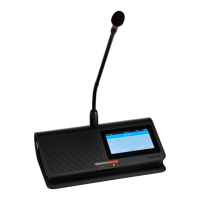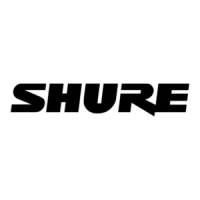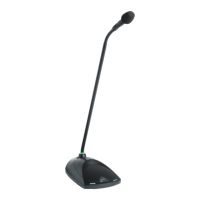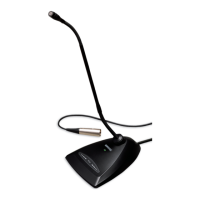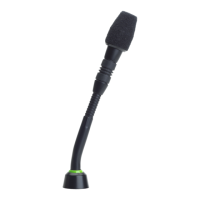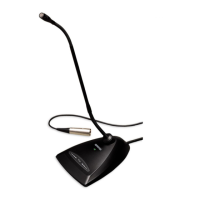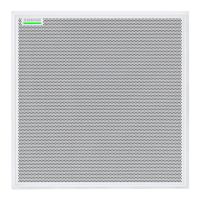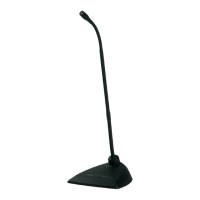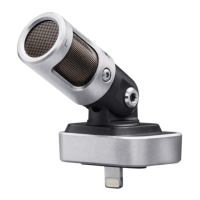What to do if my Shure Microphone needs resetting?
- TTiffany StaffordAug 5, 2025
To reset your Shure Microphone, you have two options: 1. Network Reset: Press and hold for 4 or 5 seconds to reset network settings and refresh the network connection. 2. System Reset: Press and hold for 8 or 10 seconds to reset the device to its default factory settings.
